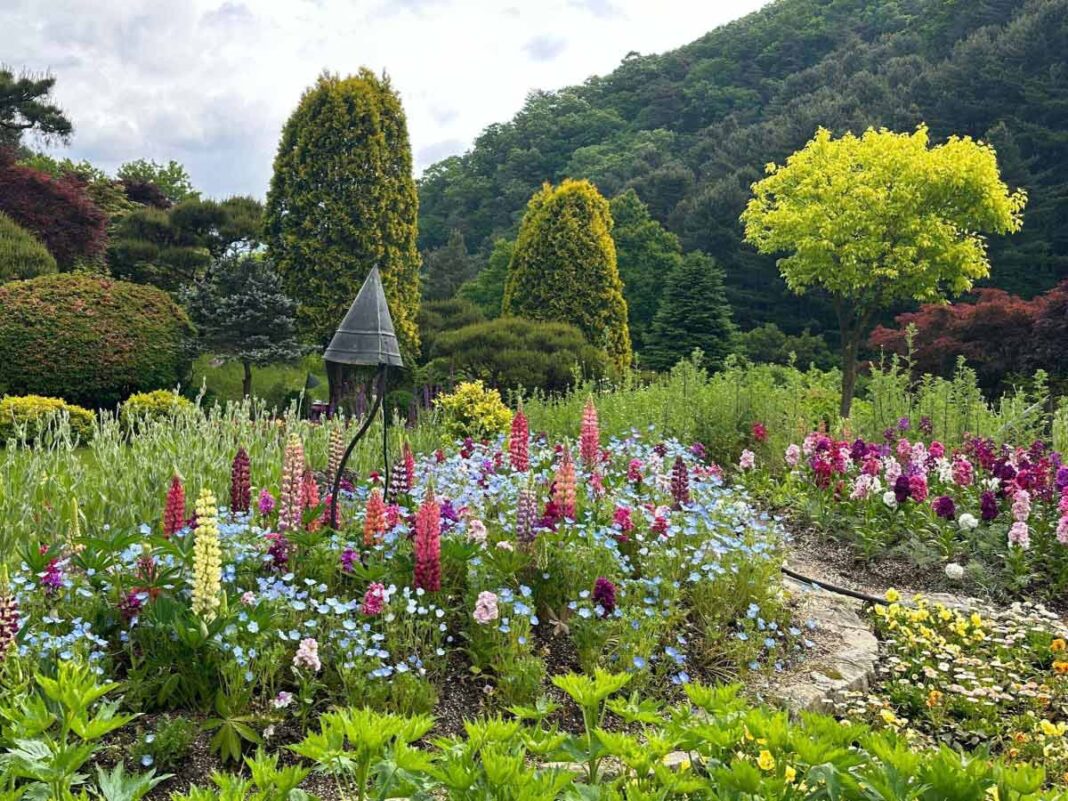In recent years, a growing movement has taken root among homeowners and communities: rewilding their gardens. This shift from manicured lawns to natural, biodiverse spaces is more than a trend—it’s a response to environmental concerns and a desire to reconnect with nature.
Traditional gardening practices often emphasize tidy lawns and non-native ornamental plants.
However, these choices can negatively impact local biodiversity. Overly manicured gardens may lead to biodiversity loss and ecosystem imbalance, contributing to broader challenges like climate change and the ongoing decline of insect populations. By contrast, rewilding gardens allows nature to thrive in our backyards, supporting insects, birds, and other wildlife.
Rewilding involves restoring land to their natural, uncultivated state to support native plants and wildlife. This can be as simple as allowing patches of grass to grow longer, planting native wildflowers, or creating habitats like ponds and woodpiles. Homeowners benefit from reduced garden maintenance and a deeper connection with wildlife, appreciating the roles insects and animals play in a healthy ecosystem.
Studies have shown that immersion in nature can reduce stress, lower blood pressure, and improve overall well-being. A University of Exeter study found that just two hours a week in biodiverse environments substantially boosts health. This suggests that rewilding gardens not only benefits the environment but also enhances personal mental and physical health.
The Global Push for Rewilding
Governments and organizations worldwide underscore the importance of rewilding. For instance, the UK plans to transform 1,000 bus shelters into bee and butterfly habitats and has reintroduced bison into the wild to restore natural processes. Similarly, at COP15, 190 nations committed to halting biodiversity loss by 2030, highlighting the urgency of such interventions.
Success Stories in Rewilding
One remarkable initiative is at Michigan State University’s Beal Botanical Garden. Established over 150 years ago, the garden serves as a hub for sustainability and education. Students participate in rewilding efforts by planting native species, removing invasive plants, and creating themed garden beds that highlight the importance of biodiversity.
Another inspiring example is the Knepp Estate in the UK, where rewilding practices have led to the return of rare species like storks and nightingales. This project demonstrates how allowing nature to take its course can result in flourishing ecosystems.
How to Rewild Your Own Garden
Rewilding your garden doesn’t require vast land or significant resources. Here are some simple steps to get started:
- Stop Using Chemicals: Avoid fertilizers and pesticides to protect beneficial organisms and improve soil health.
- Plant Native Species: Choose native, insect-friendly plants that support local wildlife. Consider heirloom seeds for biodiversity.
- Create Habitats: Install bird feeders, and bat boxes, or build a small pond to attract various species.
- Let Nature Lead: Allow areas of your garden to grow wild. Leaving leaf piles and tall grass provides shelter and food for insects and small animals.
- Engage the Community: Share your rewilding efforts with neighbors and encourage them to join in, creating a network of biodiverse spaces.
The Benefits Extend Beyond Your Backyard
Rewilding gardens represents a shift in how we view our personal spaces—not just as extensions of our homes but as integral parts of the natural ecosystem. By embracing rewilding, we contribute to the restoration of biodiversity, combat climate change, and enhance our own well-being. It’s a movement that starts at home but has the potential to make a global impact.
Ready to Start Rewilding?
Taking the first step towards rewilding can be simple and rewarding. For more inspiration and practical advice, consider reading “Rewild Your Garden” by Frances Tophill. By making small changes, you can create a haven for wildlife and contribute to a healthier planet.
The rewilding movement is a testament to the power of individual action in the face of environmental challenges. As more people transform their gardens into biodiverse habitats, the collective impact grows, offering hope for the future of our planet. Join the movement and experience the benefits of a garden that thrives with life.
